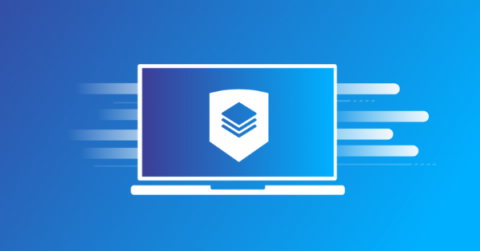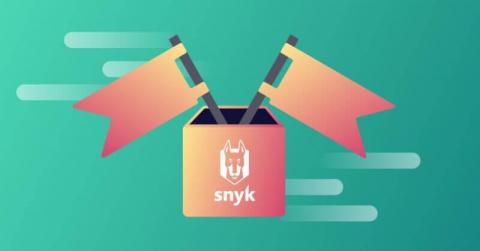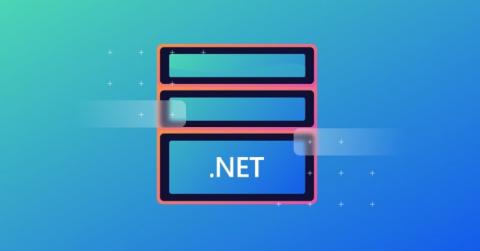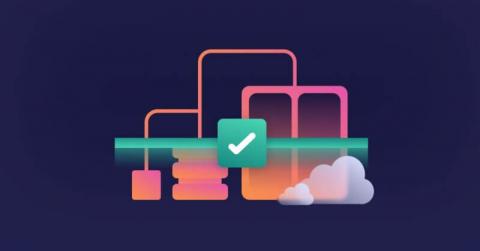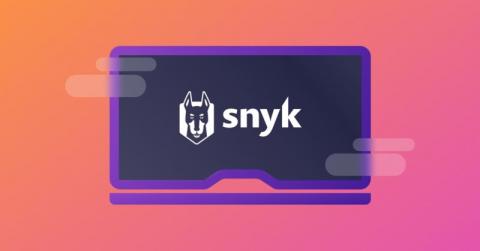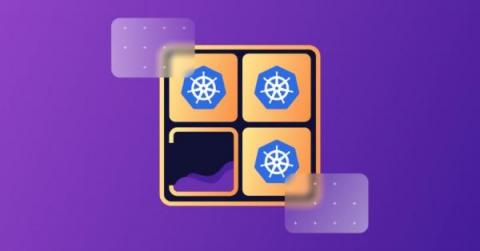The npm faker package and the unexpected demise of open source libraries
Where do open source dependencies go to die, and why do they come to an end? What happened to the npm faker module? Can it happen again? Join me to learn how open source software libraries rise to glory and how they reach their end of life. I’ll also include some takeaways for developers and ops engineers.


